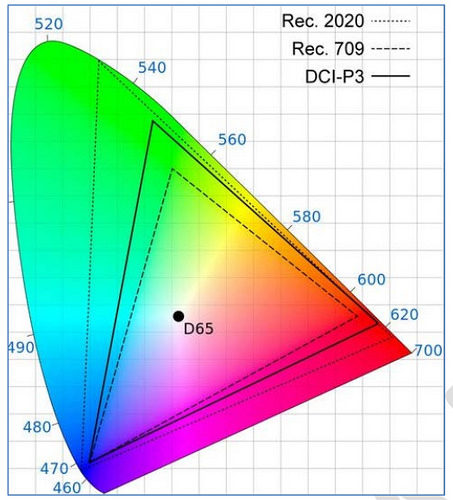| Lauster said: Thanks Don and John for your answer.
Yes, as Svennoj experimented in GT Sport for example. I think it's something I can notice, but if I have the good panel and content as you said.
Yes, it's still a better option, I suppose, even if the gain is much less than a person with normal vision. Does the lumen power of a panel depends on its HDR capabilities ?
For explaining color blindness, pictures are better than words : https://hitek.fr/42/vision-des-couleurs-daltoniens_4682 (scroll down to examples) In my case, it's a deuteranomaly, and I can't see any difference between a deuteranomaly picture and a normal vision picture. Thus, about color perception from HDR, I'm not sure that I can see the difference with a No-HDR display. |
To clarify HDR is not about color, it's all contrast and brightness. Wide color gamut and 10 bit color are separate things.
More bits means less color banding, 1024 steps for each color instead of 256. Gradients look more smooth no matter what color.
HDR is all about brightness range. Normal tvs range from 0 to 50 nits, HDR expands this logarithmically to max 1500 nits on current tvs, while GTS has the option to go up to 10,000 nits for max brightness. For comparison a clear bright sunny day is about 30,000 nits.
Color depends on what the content was made for. Rec.709, DCI-P3 or rec.2020. GTS is made for rec.2020 however most tvs can't quite reproduce DCI-P3 yet. 
The full spectrum represents human vision.
As you can see wide color is determined by brighter primary colors allowing for better coverage of the human spectrum. Since you have trouble with reds and greens you will lose out on most of the benefits of a wide color gamut. Blue gets the least advantage of the wider color gamut.




















